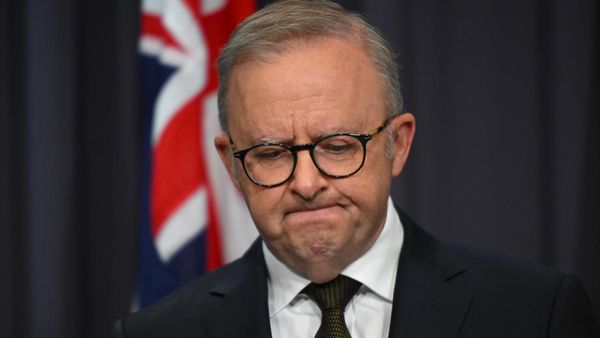
The latest Consumer Price Index (CPI) report showed that President Donald Trump's tariff policies have had a muted impact on cost pressures. And it all but guarantees that the Federal Reserve will cut rates again when it meets next week.
According to the Bureau of Labor Statistics, headline CPI was up 0.3% month over month in September, slower than the 0.4% rise seen in August and the 0.4% increase economists expected.
The CPI was 3.0% higher year over year, a quicker pace than the month prior. Still, the results arrived below the 3.1% increase economists anticipated.
Gas prices were the "largest factor" behind the monthly increase in headline CPI, according to the BLS, surging 4.1% from August to September. Food costs were also on the rise last month, up 0.2%.
Core CPI, which excludes volatile food and energy prices and is seen as a better measure of underlying inflation trends, was up 0.2% month over month and 3.0% year over year. Both figures were lower than those seen in August and economists' forecasts.
"Inflation might not be slowing, but it's not surprising to the upside anymore," says David Russell, global head of market strategy at TradeStation. "The details are positive, with shelter and transportation services moderating. Some key parts of the basket are cooling even if tariffs nudge items like apparel higher."
Russell adds that the September CPI report keeps the Fed on track to cut rates by a quarter-percentage point at next week's meeting, and will likely have policymakers striking a more dovish stance moving forward
According to CME FedWatch, futures traders are now pricing in a 99% chance the Fed will issue its next quarter-point rate cut at its meeting next week. Odds for a December rate cut have risen to 97% from 73% one month ago.
While delayed by a little over a week, the BLS released today's data so that the Social Security Administration could calculate the cost-of-living adjustment (COLA). But with data collection services still suspended, it's unclear when we'll see the next CPI report.
That said, with the September CPI data now in the books, here's some of what economists, strategists and other experts around Wall Street have to say about the results and what they could mean for investors going forward.
Experts' takes on the September CPI report

"A very good inflation print, with muted impact from tariffs as expected. Gasoline prices hurt what could have been an even better number, but that is solvable. While inflation is still above target levels, this paves the way for the Fed to continue its rate-cut cycle, and further solidifies confidence in the bull market. Expect volatility on a broader trend upward in equity markets from here." – Jason Barsema, Co-Founder and President at Halo Investing
"Much like a Sherlock Holmes' story, inflation is the dog that didn't bark. So many people have been expecting a sharp increase in inflation and have positioned bearishly as a result, but the market is likely to keep squeezing the shorts until they realize that the economy – and corporate America – is more resilient than many expected." – Chris Zaccarelli, Chief Investment Officer for Northlight Asset Management
"The CPI inflation report paves the way for the Fed to follow up its September meeting rate cut with another one next week. This will likely be a support to investors to push the stock market to new highs. Declining interest rates will grease the wheels of the economy and be a benefit to corporations and consumers." – Ross Bramwell, CFA, Managing Director of Investment Communications, Shareholder at HB Wealth
"While signs of tariff-induced inflation are apparent in select categories such as apparel and furniture, goods prices increased at a slower pace in September than August broadly. This suggests that the pass-through of higher tariffs to consumers has continued to undershoot expectations, which in turn has opened the door for the Fed to lower rates to support a cooling labor market." – Josh Jamner, Senior Investment Strategy Analyst at ClearBridge Investments
"The Fed has telegraphed a 25 basis point cut for next week as well as another 25 basis point cut for December. With the government shutdown and lack of available data, we expect these cuts to proceed. Once the government reopens and if we start to see weak unemployment data and the unemployment rate rises precipitously towards 5%, we could expect either a 50 basis point cut for December or the Fed to communicate a string of cuts in 2026." – Skyler Weinand, Chief Investment Officer at Regan Capital







